San Juan Islands whale watching is a magical experience. If you’ve never seen a six ton black and white orca cut through the Salish Sea or flash a fluke, you’re in for a treat.
But there are some important things to know to get the most out of your experience and do your part to protect these majestic creatures while you’re at it.
What I learned about endangered orcas while in the San Juans moved me deeply so I wanted to share some of it with you as you head out on the water.
(If you’d prefer to skip directly to my recommended whale watching tours, use the clickable Table of Contents below.)
Remember, when you choose a tour, you’re voting in real time with your money on the future of these incredible mammals. Choose wisely.
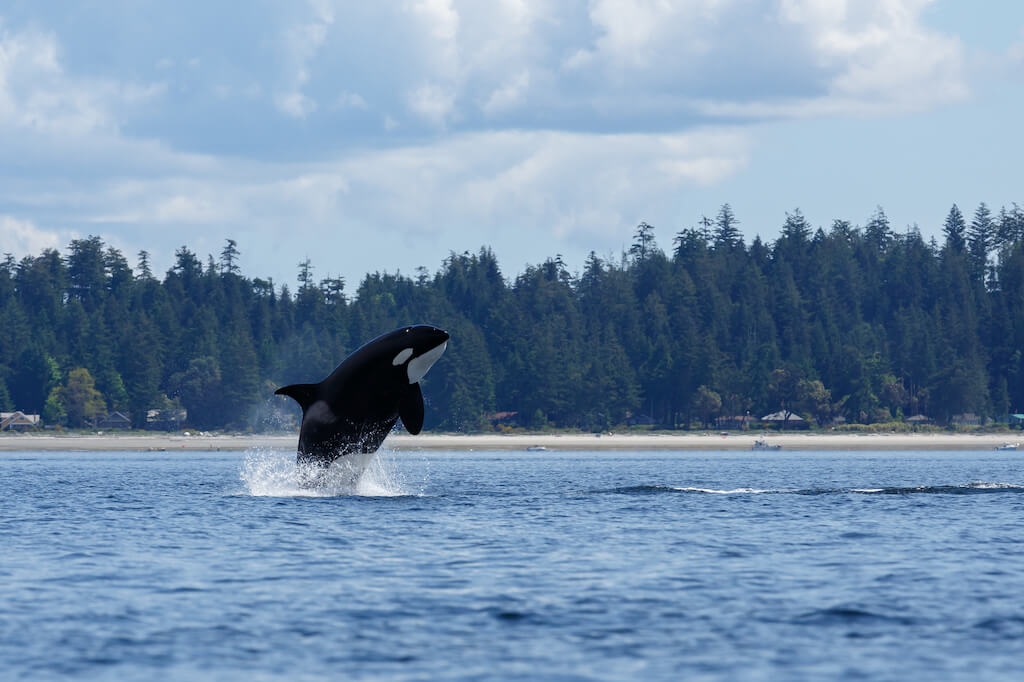
Contents
- San Juan Islands Whale Watching Tours
- Last Thoughts on Whale Watching in the San Juans
San Juan Islands Whale Watching Tours
What kind of whales will I see?
The San Juan Islands are the best place in the world to see wild orcas, known as “killer whales.” Actually, “killer whale” is kind of a misnomer.
While they are definitely top marine predators, they are also pretty friendly…not vicious.
You’ll also find humpback whales in these parts as well as gray whales and minkes, which are smaller whales.
(Known as “stinky minkes” due to their bad breath, our whale watching guide warned us we’d smell them before we saw them!)
Beyond whales, the Salish Sea is home to stellar sea lions, Dall’s porpoises, seals, otters, and so many sea and shore birds. In fact, it’s one of the top bird watching sights in the state!
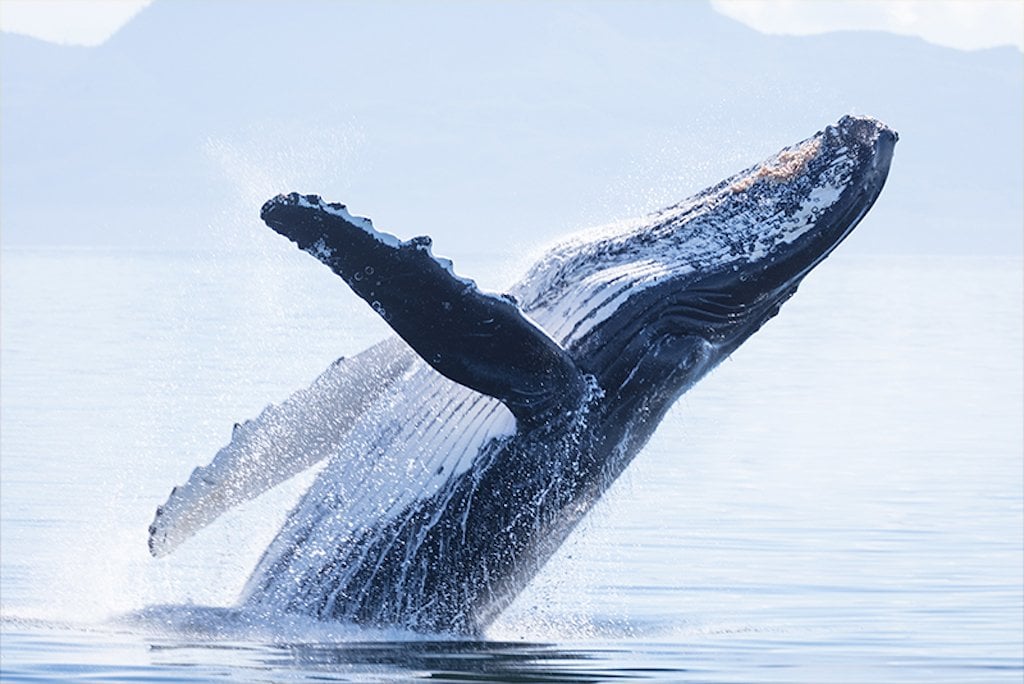
Read more on San Juan Islands travel:
• Best activities on San Juan Island
• What to Do on Orcas Island
• How to catch the ferry to the San Juan Islands
• Places to see in Washington State
The plight of the Southern Residents
One type of whale you’re unfortunately not very likely to see are the Southern Resident Orcas…an extended family of orcas that travel in three pods: the J, K. and L pods who live here…at least in theory!
Up until the last year or two, they were widely seen from shore, particularly at Lime Kiln State Park (known as “Whale Watch Park”) on San Juan Island.
One theory has it that they favored the deep water of the Haro Strait here to pin salmon up against the sheer cliffs.
But now they’re literally starving to death.
Our tour guide said there had just been one single resident sighting in all of 2021 as they head far from home into the open ocean in desperate search of food.

The Southern Residents—that typically forage in fall between Southern Alaska and San Francisco— are a different ecotype from the far more plentiful transient orcas, also known as “Bigg’s” killer whales in honor of the scientist who studied them.
The transients have a sharp triangle shaped fin and different markings on their saddle patches (by their dorsal fins).
But the big difference is in their diet. The transients eat only marine mammals like porpoises, sea lions, and even other whales.
However, the Southern Residents eat primarily Chinook (king) salmon…about 100 to 300 lbs per day.
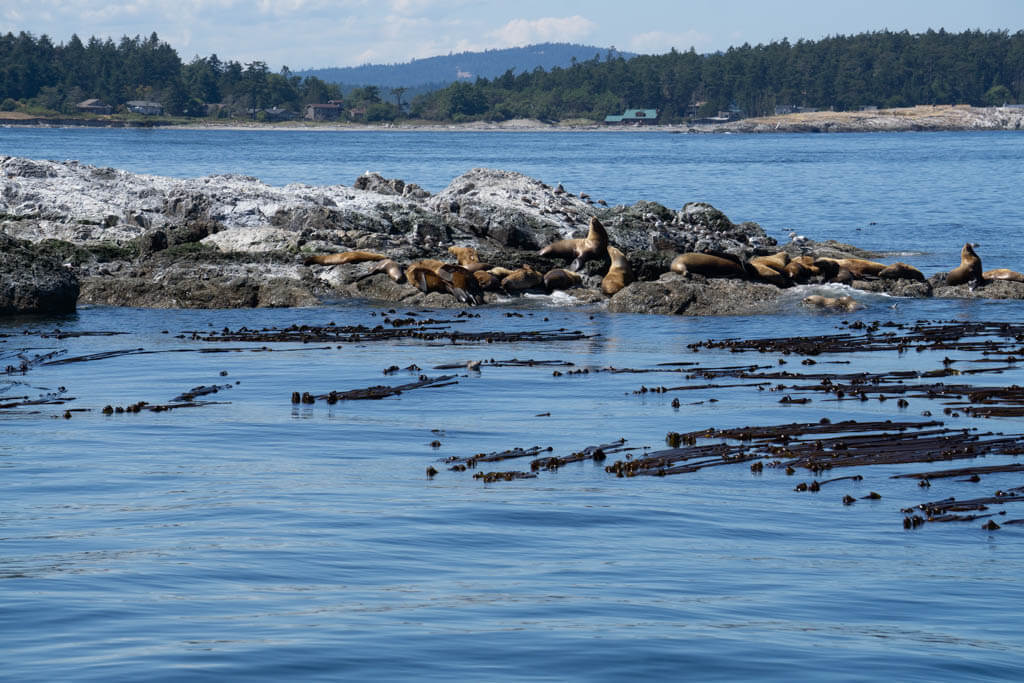
And that’s a real problem because the salmon population is dwindling here at an alarming rate…and therefore, so is the population of the endangered Southern Residents as a result.
In the mid-nineties, there were 100 members of the J, K, and L pods.
By December 2020, there were just 74 left. And remember, a female orca can live up to 90 years!
Today, babies are born smaller and are dying prematurely. Females aren’t getting enough to eat when they’re pregnant. Males aren’t getting old enough to breed.
This is what “functional extinction” looks like.
There’s still time though! We just need to restore the habitat that brings the salmon…which is completely doable with some political will.
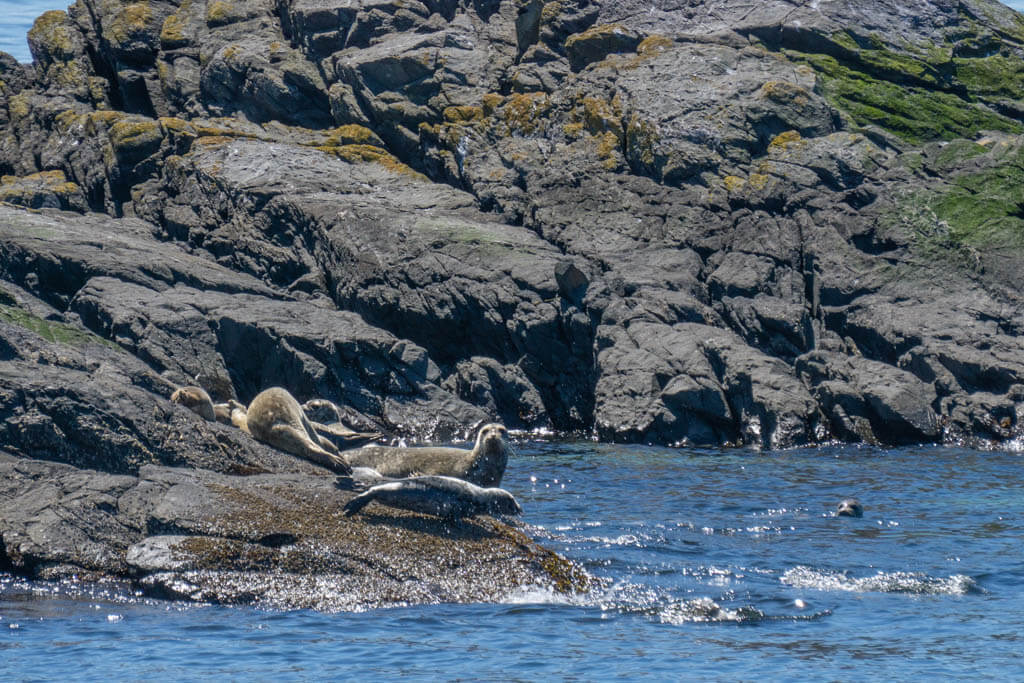
Where have all the Chinook salmon gone?
The biggest barrier—literally—to getting more salmon into the Salish Sea is a series of four dams on the lower Snake River in Southern Washington.
These dams were built between 1957 and 1975 by the Army Corps of Engineers to boost the economy of an Idaho town through shipments via the waterway.
Despite the fact that these dams have never brought the promised economic prosperity—and the communities have an excess of hydropower they can’t use—removing them remains a major political hot potato.…and the Southern Residents are paying the price.
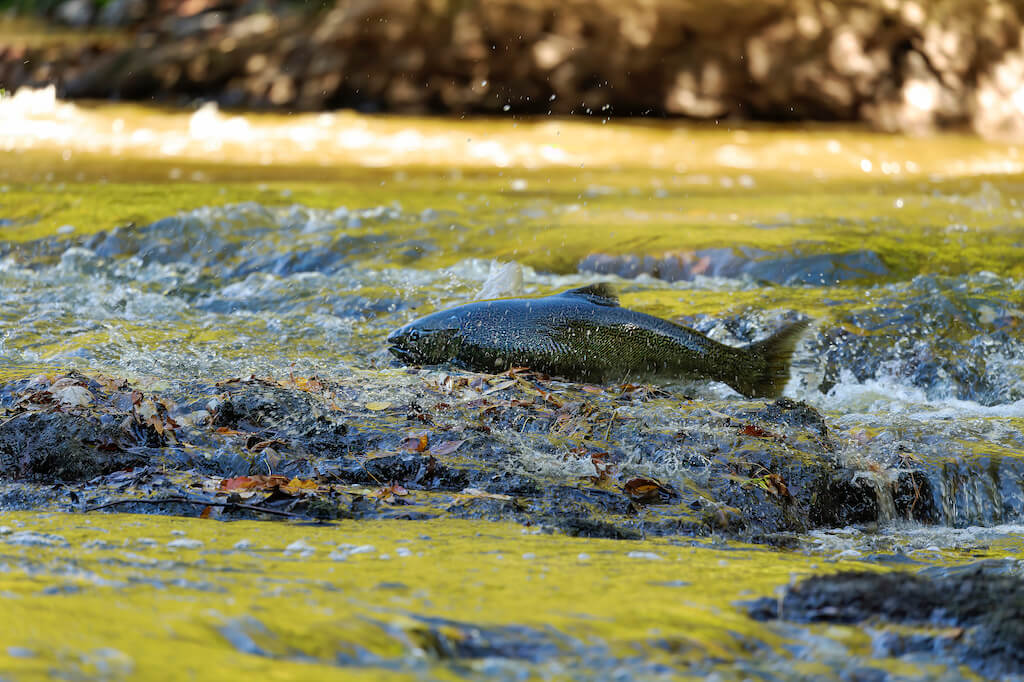
How to help the Southern Residents:
1. Watch: Dammed to Extinction, an award-winning documentary about the Snake River dams and Southern Residents.
You can watch a preview on YouTube or the movie on Amazon.
2. Read: Snake River: Why It’s time to Remove the Dams
3. Take action. Your voice makes a difference so contact your elected politicians.
4. Support the research and conservation of the Center for Whale Research. Make a direct donation here.
When is the best time to see whales in the San Juan Islands?
Orcas are seen most frequently between April and October. The season is a little longer for humpback and Minke whales; you can see them between April and December.
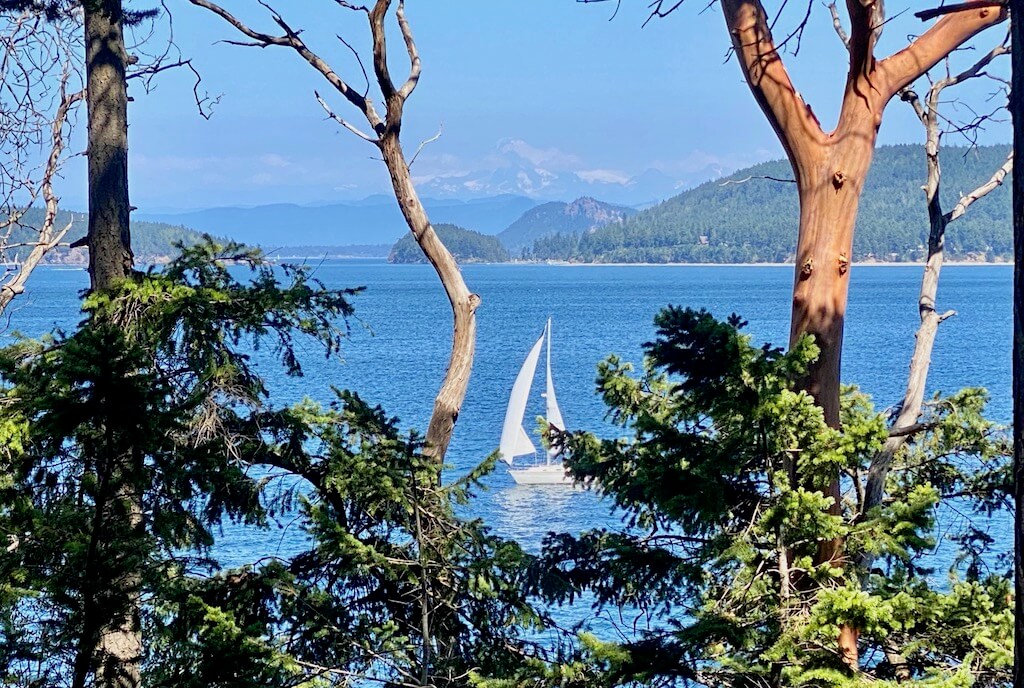
We spent a week on each of the three islands. Lopez is the most rural and flat (great for cyclists).
Orcas feels wild and has spectacular hiking in Moran State Park. San Juan is most visited with its cute Friday Harbor and history.
You’ll have the most choices for whale watching tours if you stay on San Juan Island (but Outer Islands Excursions leaves from everywhere).
Best Places to See Whales from Shore
As I mentioned earlier, Lime Kiln Park on San Juan Island use to be the spot for foraging by the J, K, and L pods—particularly May to September until there were no more salmon to be had.
We spent three weeks hiking and cycling on San Juan, Orcas, and Lopez Islands and never saw one from shore.
But plenty of people do see transient orcas, humpbacks, and gray whales from shore on all of the San Juan Islands. You just have to get lucky.

And to enhance your chances of a sighting, I highly recommend you join the Facebook group for whale sightings in the San Juans. There’s also a group for the greater Puget Sound as well.
There are a lot of avid and educated whale watchers in those two groups. Many of them are locals to the area and are extremely adept at knowing which individual whale they’ve spotted and where it’s headed in real time. Plus, photographers abound.
It’s like Christmas when you get a notification to learn a whale is off shore from where you are when you’re in the area.
Or see some incredible photos from that very day. I highly recommend you join before your trip!
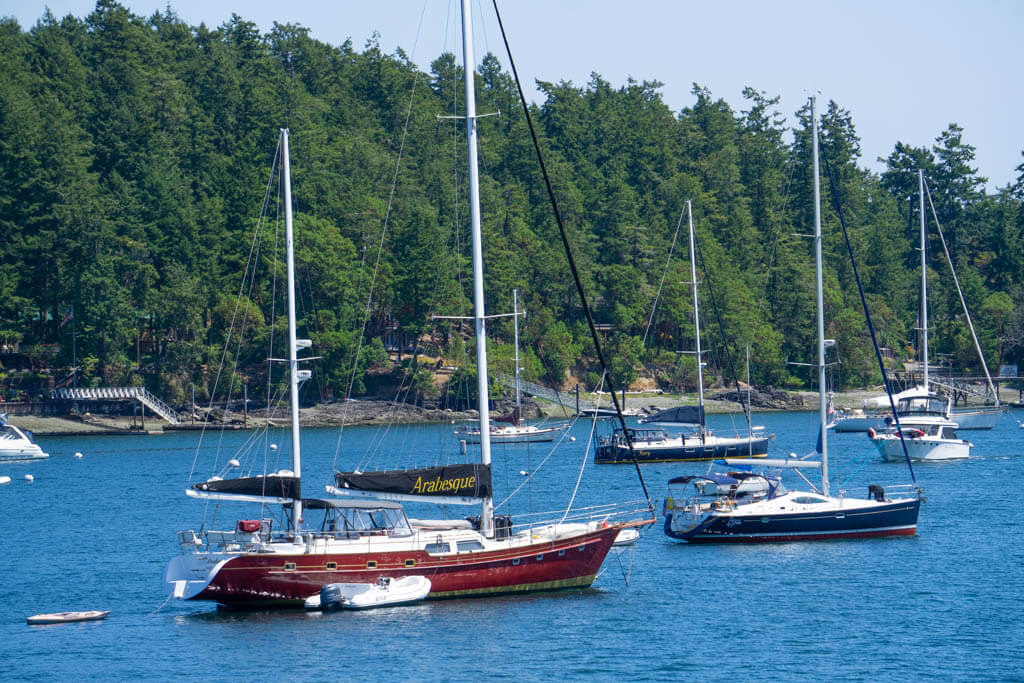
Be Whale Wise: How to Choose an Ethical Tour
The presence of humans has an effect on whales. Remember, before your boat arrived they were busy looking for mates, hunting for food, resting and socializing.
When boats get too close or make too much noise, it can be disruptive to whale communication…the distinct clicks, whistles, and pulsed calls they use to socialize.
In fact, each pod can recognize its members by the pod’s unique sounds!
Studies show that too much boat activity stresses whales by interfering with such communication as well as other behaviors.
That’s why it’s so important to choose a tour that’s scrupulous about following Washington state laws.
Ethical whale watching guidelines include:
1. Limiting viewing time to 30 minutes or less.
2. Staying 300 yards from Southern Resident killer whales on either side (and 400 yards when in front or behind the whales).
3. Slowing to less than 7 knots within 1/2 mile of Southern Residents.
4. Staying 100 yards from all other marine mammals (e.g., humpback whales, gray whales, sea lions and seals).
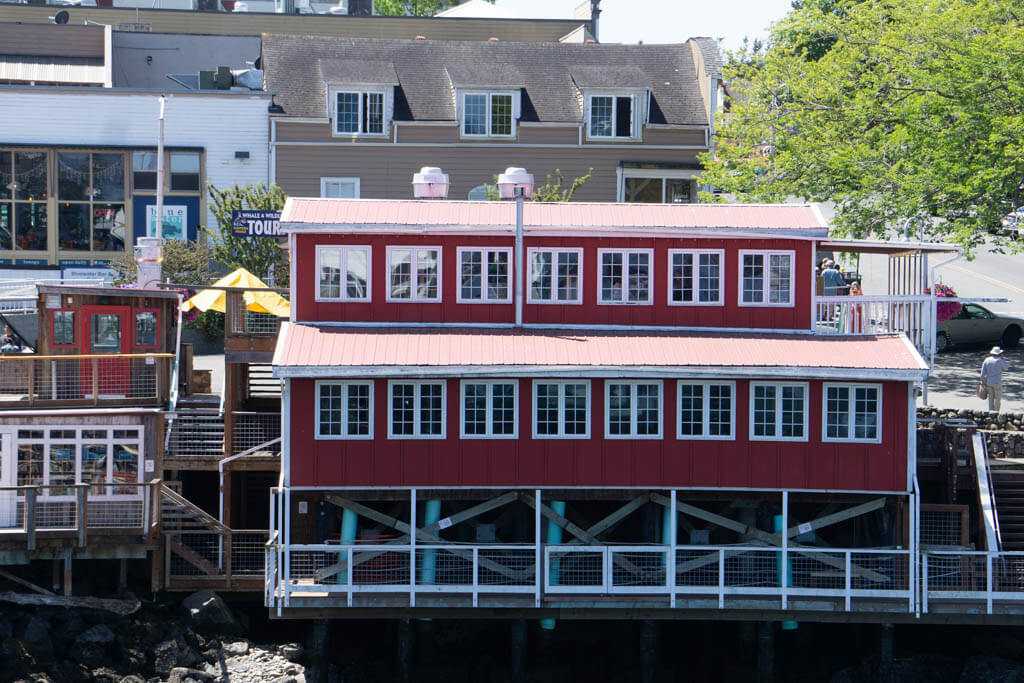
So is it even ethical to take a whale watching tour, you may wonder?
Fortunately, the answer is yes…if you choose a guide that has the best interests of whales first and foremost, which isn’t true of all tour companies.
One litmus test is to choose a whale watching tour that is a member of the Pacific Whale Watch Association, a community of ecotourism professionals with a shared commitment to education, conservation, and responsible wildlife viewing.
Members of the PWWA prioritize the well-being of the whales they’re watching and model proper boating behavior.
This is important since it’s the private boaters that are causing most of the whale stress here.
More than 70 percent of them aren’t aware of boating regulations around whales.
PWWA vessels help cut down on infractions by alerting private boaters with a whale warning flag when whales are present.
Plus, they work closely with ferries, tankers, cruise ships, military vessels and other boats to alert them when whales are in the area so they can slow down, maintain distance, and minimize underwater noise pollution.

3 Recommended Whale Watching Tours in the San Juan Islands
If you’ve read this far, you’re probably wondering, which tour should I actually book with?
While any of the PWWA tours should be great choices, I wanted to share three in particular.
Just be sure to book a week out in summer when it’s high season or you might be disappointed. Last minute tour availability can be hard to come by!

1. Outer Island Excursions
This is the tour we booked with and it was fantastic! Outer Island Excursions is based on Orcas Island.
However, they will happily pick you up from any number of places in the region…including San Juan island, Lopez Island (where we boarded), Shaw Island, Anacortes, Bellingham, and more.
It’s the only tour I’ve listed here that offers options from islands other than San Juan Island…which is the main reason we selected it.
This is a 3.5 hour excursion. What impressed me most about our tour was the way in which our guide adhered to the regulations while still ensuring we had an amazing day out.
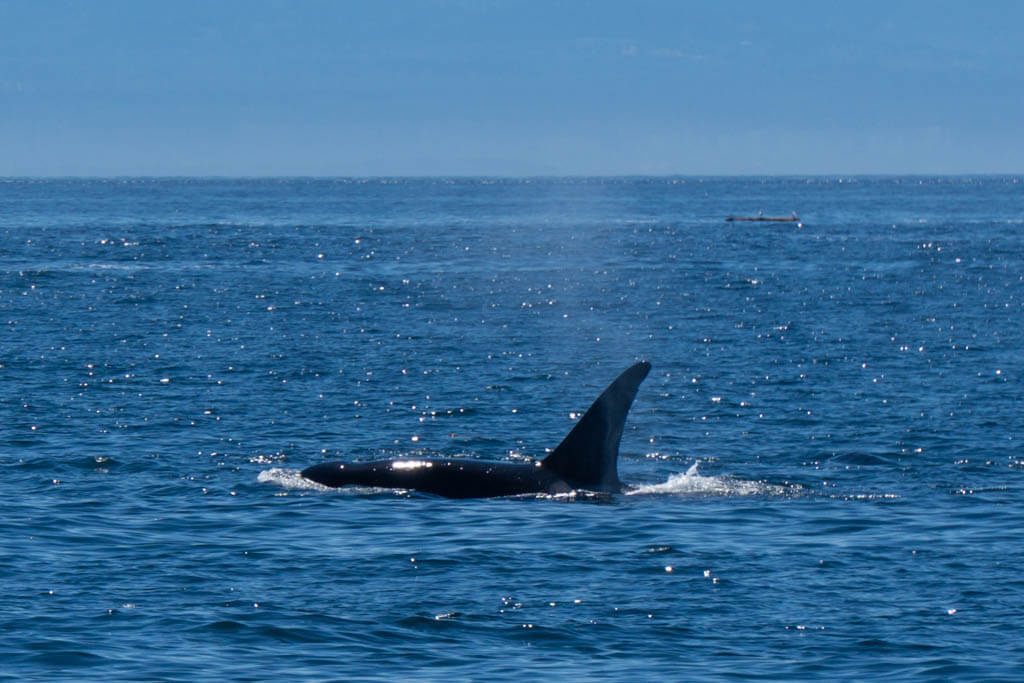
In fact, we saw a pod of 23 orcas off the coast of Lopez Island, which I’ll never forget!
But here’s what I noticed: Our guide was in close radio contact with all of the other tour boats hoping to see the same pod.
Even though he knew just where we’d find whales, he spent the first half of our tour looking in other places to be respectful and take his turn before heading over.
It was a beautiful day out on the Salish Sea with snow-capped Mount Baker draped scenically in the background. We saw flocks of seabirds and colonies of seals along the way.
Plus, the boat is small, which makes for an intimate tour experience. I particularly liked that we could be on an upper deck for better viewing and fewer people. Outer Island Excursions also offers private charters.
So yes, highly recommended based on my personal experience.
Guest review: “The captain and our guide Liberty were both absolutely fantastic. They coordinated with other boats to find the whales and wasted no time getting our boat in the area. We were lucky to see both Humpback and Orca whales in their natural habitat. Would absolutely go back.” —IJ Aug 2021.
You can check price and availability on the Outer Islands Excursions tour here.

2. San Juan Safaris
San Juan Safaris is another favorite that I see frequently recommended in the Facebook whale watching groups. Also a member of PWWA.
These boats depart for a four hour tour from Friday Harbor and Roche Harbor on San Juan Island and also from Seattle.
They also offer kayak tours and water taxi service between the islands (which is a great way to shave off hours from your ferry time).
Like Outer Island Excursions, San Juan Safaris uses a hydrophone to hear the whales if opportunity arises.
And there are options to tour on either their 55 foot Sea Lion with heated cabin (seats up to 24) or enjoy a more intimate tour on a smaller boat with a maximum capacity of 12 people.
They also have a professional naturalist on each trip which was not the case on our OIE tour.
I learned quite a bit from the naturalist on a Maui whale watching tour so this could add a lot to your experience
Guest review: “Great crew… killer whales swimming right underneath the boat. and a minke whale. Definitely recommend this venue.” —Jerry V July 2021
Check price and availability on the San Juan Safaris tour here.

3. Maya’s Legacy
Maya’s Legacy is the third tour I see frequently recommended. It also includes a crew of marine naturalists and guides.
You can choose from a three hour, half day or full day whale watching tour which leaves from either Friday Harbor or Snug Harbor Resort Marina on San Juan Island. Private charters are also offered.
These tours are nice and small…no more than 16 guests per tour. And because the boats sit low on the water, you might have an up close and personal experience with whales.
You can check price and availability on Maya’s Legacy tours here.
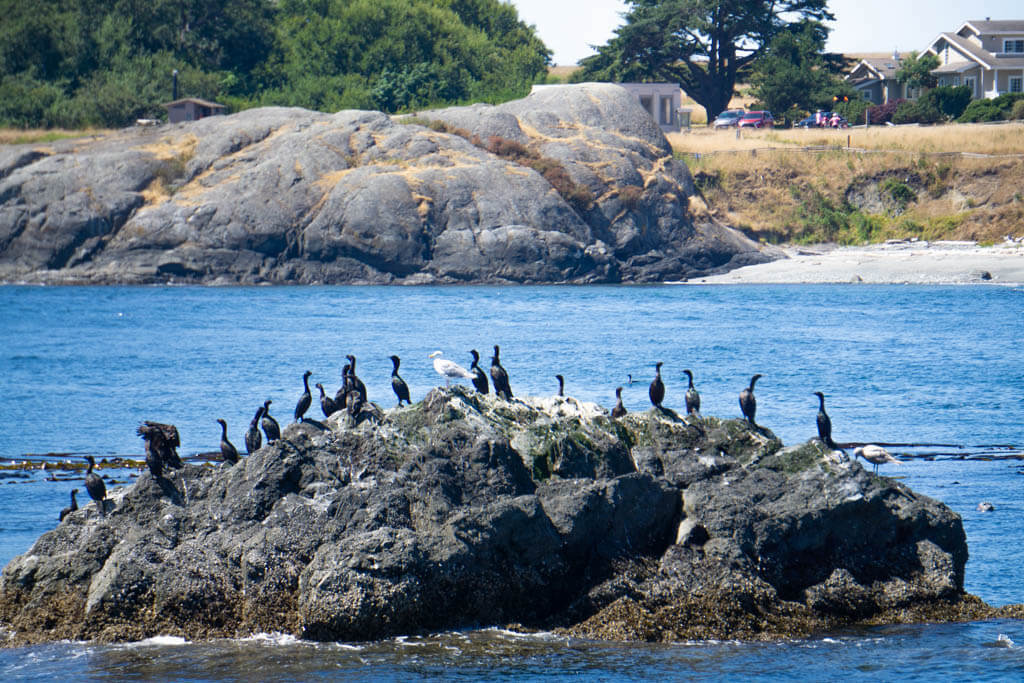
Last Thoughts on Whale Watching in the San Juans
Just remember—You can’t go wrong when you choose a tour that is a member of the Pacific Whale Watch Association.
It’s such a privilege to see these majestic marine mammals in the pristine waters of the Salish Sea.
Be reverent. Be whale wise. Wishing you a magical day out on the water!
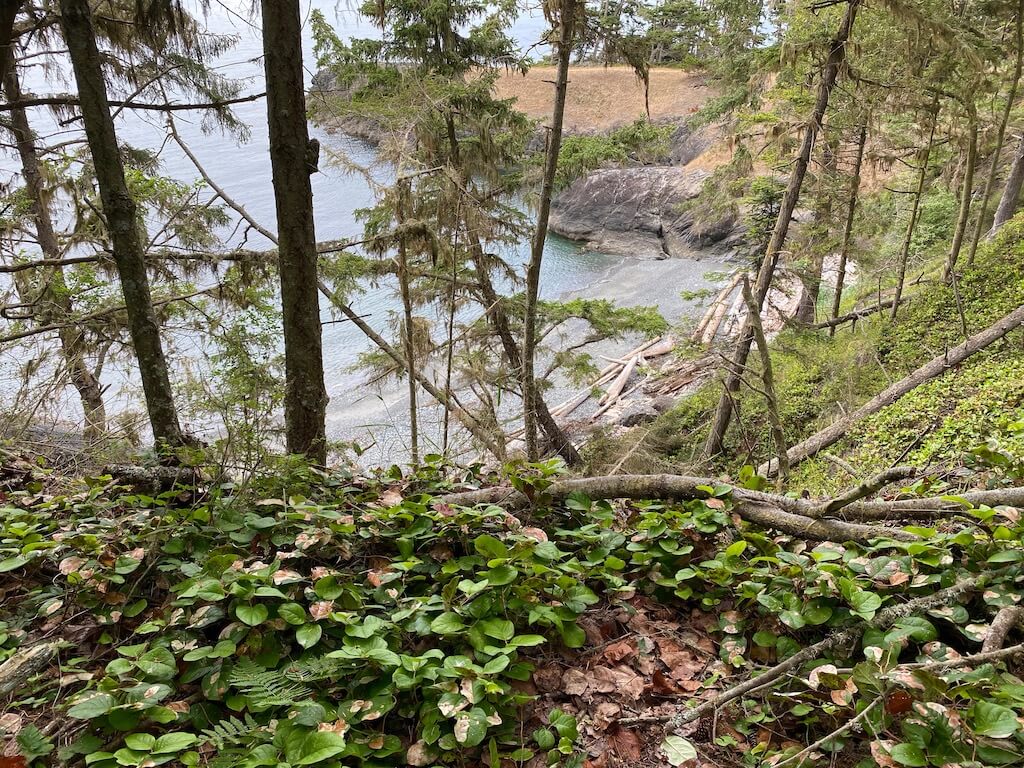
We will want to take A tour in Sept. We are staying in Port Angeles but will be ferrying the islands. Would our best connection be from Friday Harbor or San Jaun Island? Date we will be there are Sept 6thbthru the 10th. Any info would be so helpful.
Hi Bonnie, Yes, of the three islands, the most tours run from Friday Harbor on San Juan island but you can definitely take one from any of the three islands. However, you can also reserve a tour from Port Angeles if you’d rather save your time for exploring the San Juans if you’re visiting only on a day trip. It’s a beautiful place to spend time!